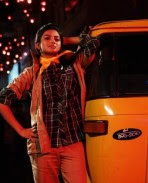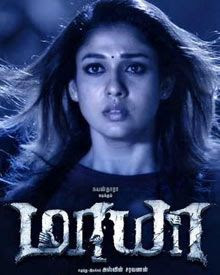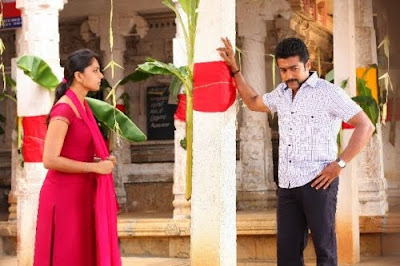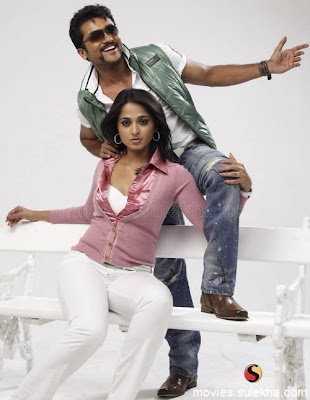The climactic fight between Abhishek Bachchan and Vikram in Raavan on a wooden bridge actually required three different bridges to be built so that the scene could be captured from different angles, says production designer Samir Chanda. And director Mani Ratnam personally oversaw the construction work.
"I had to build three bridges - one for the actors' long shots that was 210 feet long, another for their close-ups at 70 feet and the third was 30 feet long for the actors's leg work like running and falling," Chanda said.
The three bridges were built between two mountains in a road-less stretch at Malshej Ghat in Maharashtra. And 40 artisans were flown in from Himachal Pradesh to build them. Chanda revealed that Mani Ratnam would stand at the construction site from early morning till late evening, refusing to budge from the bridge-building venue.
"Mani's enthusiasm was like that of a child. We had first thought of building this bridge in Sri Lanka because they have the infrastructure and the experience of working in Hollywood units that required wooden bridges. Then we thought of building the bridge in Australia, and then South Africa. Finally I suggested we do it near Mumbai. Why spend crores when the same quality of construction is possible at a fraction of that cost?"
And to get to the bridges, Abhishek, Vikram and Aishwarya Rai and the rest of the cast had to wade through slush and mud infested with crabs. Luckily for Aishwarya, husband Abhishek would carry her in his arms to the bridge.
Chanda, who has worked on several films with Mani Ratnam, Shyam Benegal and Vishal Bharadwaj and has an experience of 26 years behind him, takes offence at the rumour that the bridges were built by Seshadri Srinivasan, the architect who designed the Bandra-Worli Sea Link.
"The bridge that you see in Raavan has been designed and constructed by me and my 40 brothers from Kulu-Manali," Chanda said.
"How can anyone take away credit from us? How can Mr Seshadri build a bridge that had to be designed according to cinematic specifications? It wasn't only about safety and architectural correctness but camera angles and actors' manoeuvring power.
"Also, the bridge had to look convincing as the actors fought on it. And then it had to look equally convincing being blown up," the production designer explained.
Read
More......
































